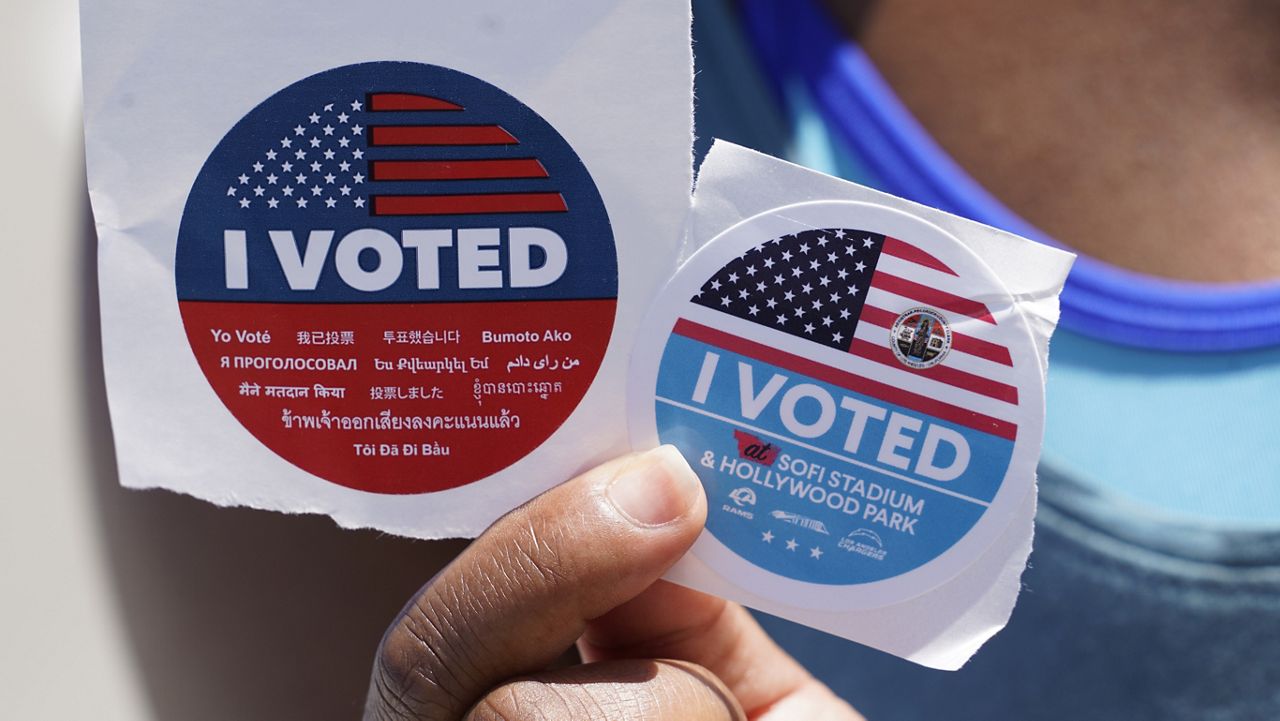Election Day is tomorrow. We are barraged with information – and gripped with anxiety. Here are a few Frequently Asked Questions about the election, with our best attempts at answering.
We’re used to seeing a victory and concession speech the night of Election Day or early the next day. But officially, elections aren’t certified until weeks later. The winner announcements you’re used to are based on press projections. This year, a surge in mailed-in ballots amid the pandemic complicate projections because they take far longer to process than traditionally cast ballots. Another important point: don’t get fooled by the vote totals you see early on election evening; they are incomplete, likely made up mostly of in-person votes, which may skew to one party or another. Remember, a mailed vote is just as valid as one cast in person, even if the latter is counted later in the week.
This is especially relevant amid a report in Axios Sunday that President Trump will “declare premature victory” on election night, even before all the votes are counted – if it looks like he is “ahead.” Different states have different laws about when ballots can be collected and counted, and there’s nothing fraudulent about counting every vote within the law.
Trump has, also, without evidence, repeatedly sought to cast doubt on the validity of voting, particularly votes by mail.
Polls aren’t votes and looking at too many of them may drive you to distraction. That said, there is no denying their prevalence, so here is some context.
In 2016, it wasn’t national polls that were so off (they projected Hillary Clinton would win the popular vote, which she did). State polls were the real issues. In Wisconsin, for instance, just before the 2016 election Clinton was up by six points in the Marquette Law School poll, but President Trump ended up winning by less than a percentage point.
Since then, chastened pollsters have attached more weight to demographics seen as supporting Trump – white men without college degrees, for instance. But of note this year, there are reports of fewer undecided voters at this late point; in 2016, they were seen as largely breaking for Trump.
Charles Franklin, director of the Marquette Law poll, told Spectrum News Wisconsin anchor Jason Fechner: “I think if there's a good message that comes out of being wrong, it is to say to the public – the polls, we hope, are valuable, we hope they are accurate, but they're no substitute for voting."
It means people are engaged in democracy!
Other than that, it’s probably unwise – at this stage – to read too much beyond the high stakes people feel this election has and the strong feelings, pro and con, that President Trump elicits.
Over 94 million people have already voted, according to the U.S. Elections Project.
Sure!
It comes to this. Forget the popular vote: 270 is everything!
Whoever gets to 270 wins. That number, 270, is the majority of 538, which is the sum of each state’s electoral votes – its number of representatives plus two senators – along with Washington, D.C., which has three electoral votes.
With the exception of Maine and Nebraska, it’s winner takes all within states. So if Candidate A wins 50.1% of Florida, he or she will get 29 electoral votes.
(Maine and Nebraska allocate votes based on congressional districts, with a bonus for the statewide winner).
There is a process for resolving disputes within the states that can’t agree who won – you can find out more about that here.
See above for our warnings on polls, but at this stage Biden likely has the advantage.
It would take a larger polling error than 2016 for Trump to win re-election. Additionally, states that long voted for Republican presidential candidates like Arizona, Georgia, and Texas are seen as toss-ups.
That said, while analysts put Biden as the favorite, there is a real chance President Trump could win again – he would just have to defy expectations, like he did four year ago.
Michigan, Wisconsin, Pennsylvania, North Carolina, and Florida.
Florida is particularly important this year, as officials count ballots there quicker than in other states. We will get into more detail tomorrow about pivotal counties within states.
Yes, control of the U.S. Senate is also in the balance (as well as the House of Representatives, which is seen as far less competitive).
Currently, the Republicans have 53 members in their caucus, while the Democrats have 47 (45 Democrats and 2 Independents who caucus with Democrats). The Vice President breaks any tie.
Keep an eye on results in Alabama (vulnerable Democrat incumbent); Arizona (vulnerable Republican incumbent); Colorado (vulnerable Republican incumbent); Iowa (vulnerable Republican incumbent); Maine (vulnerable Republican incumbent); North Carolina (vulnerable Republican incumbent).
Very good question. We aren’t trained mental health workers, but considering stores are boarding up windows and President Trump says there will be “bedlam” with no winner announced November 3, you should know you’re not alone in your anxiety.
Our advice would be to vote and, if you’re inclined, help causes and campaigns you care about.
That said, when the polls close you will need to embrace uncertainty. It’s probably a good idea to refuse to get emotionally drawn into unverified information and to limit your social media intake. In fact, considering that a winner may not be announced for days – slimming your total political news consumption is probably a good idea.
When there is news, you will find it here on Spectrum News.



